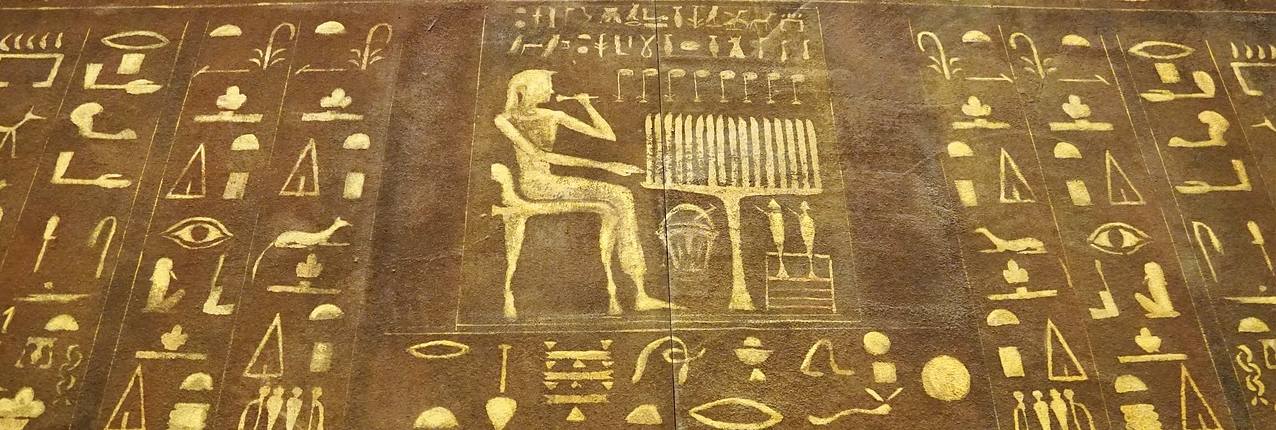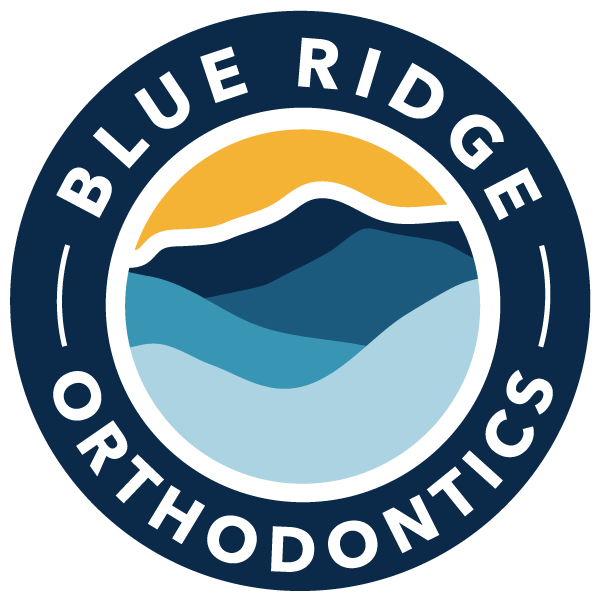The Surprising History of Braces
Most people take braces at face value (or should we say “teeth” value?!). You find a great orthodontist, you come in for an appointment and get the braces put on. While you’re re-learning how to brush and what foods you can eat, have you ever stopped to think about the history of braces? Who was the first to try out this radical type of treatment?
While we all understand how effective braces are now, they didn’t just pop up out of nowhere. In fact, their history of braces is deeper than the roots of your molars and more colorful than your orthodontist’s array of rubber band options!
Wait… Ancient Cultures Had Braces?

The Egyptians
The desire for straighter teeth can be traced all the way back to Ancient Egypt. Some mummified remains were found with metal and catgut wrapped around their teeth in an attempt to straighten them. Yikes! We can’t imagine that procedure being very pleasant.
The Etruscans
This ancient group of Italians lived between 770 and 270 BC. They seemed to value straight teeth in the same way the Ancient Egyptians did– for women, that is. During burial, some Etruscan women were sent to rest with a glamorous mouthguard-like contraption made of 24k gold!
The Romans
The Ancient Romans prided themselves on being at the forefront of everything. Shockingly, Roman tombs have been uncovered containing bodies with “braces” that are quite similar to the ones we use today. The Romans’ braces were made of gold wire fitted along the teeth.
Another thing that’s similar to modern orthodontic practice is that the Ancient Romans realized treatment needed to start at a young age. Physician Aulus Cornelius Celsus (14 BC- 50 AD) recommended that children’s parents or caregivers use a finger to put daily pressure on the child’s growing adult teeth, in order to encourage them to come in straight.
Celsus’s teachings weren’t the only ancient documents that encouraged straight teeth and depicted crooked teeth as negative. Corpus Hippocraticum by Hippocrates claimed that people with crowded teeth or irregular palate arches are “molested by headaches and otorrhea [ear discharge]” as a result of their affliction.
From Rome to Italy to Egypt, ancient cultures saw straight teeth as a desirable attribute and dental problems as, well, problematic.
Who’s the Father of Modern Dentistry?
You may have already heard of Pierre Fauchard, the 18th-century French physician sometimes known as the “Father of Modern Dentistry.” He was pivotal in the evolution of braces; in fact, he developed numerous practices for straightening teeth:
- Filing down teeth that jutted too far past their neighbors
- Using a set of metal forceps called a “pelican” to make space between crowded teeth
- Expanding a patient’s dental arch with metallic band called a “bandeau”
The last of these three items is by far the most important, as the bandeau is considered by most people to be the first real orthodontic appliance.
A Straighter “Angle”
By the time the 20th century started to unfold, America’s very own Edward Angle made waves with his then state-of-the-art orthodontic treatments. Angle, considered an innovator in the field of “tooth regulation,” was awarded patents for a whopping 37 tools for treating malocclusions.
The two most noteworthy were:
- The E-Arch, a metallic arch expander
- The Edgewise Appliance, a metal bracket somewhat resembling today’s braces
These two parts, at times in combination with some of the additional 35 inventions, were sold and distributed to other orthodontists as the “Angle system.”
Headgear was used a lot in the mid-20th century. Think the real-life version of the exaggerated headgear caricatures you may have seen before in comedies. At the time, this was the only way they knew how to correct an issue like an underbite, overbite, or crossbite. Pretty rough compared to today’s discreet options such as Invisalign.
Receiving orthodontic work in the early to mid 1900’s often meant braces made of real gold, platinum, or silver. Though this may sound cool, it was a fairly short-lived trend. Eventually orthodontists moved away from the expensive bling and instead utilized less fabulous options like:
- Brass
- Copper
- Ivory
- Wood
- Zinc
Yes, wood! As uncomfortable as that sounds, luckily all of these methods were steps on the path to…
Today’s Orthodonture
We may be biased, but today’s braces are amazing! Brace-seekers can opt for the traditional route, or go with braces’ more subtle sister.
Of course, braces had to jump through one more hoops before they finally got the credit they deserved.
Pop Culture
Let’s take a quick rewind to the 1970s. Braces had become extremely popular, so their appearance in pop culture did too. Unfortunately, movies and TV shows didn’t exactly present them in the best light. Any of you adults thinking about getting braces feel hesitant about this life-improving decision?
It may be because you’re subconsciously pulling up memories from that episode of The Brady Bunch during which Marcia cried her heart out about how she hated her braces. Perhaps you’re channeling Sixteen Candles, which depicts braces as a hindrance for the simplest things, such as drinking out of a water fountain.
The 90s, on the other hand, ushered in a little more acceptance for rocking a tin grin. By that point they were so common it was hard to realistically present them as nerdy or geeky. People also started to realize that if a celebrity starring in any given show or movie had straight teeth, there was a good chance they owed them to braces!
In the late 90s, the tin grin received some positive PR when Gwen Stefani rocked braces just as hard as she rocked her vocals. She even told Harper’s Bazaar that they were a treat to herself. She had always vowed braces would be her first big purchase as soon as she made some money–and they were. Talk about a statement!
Dangerous DIYs
These days, some people have sadly take their positivity over braces to a dangerous point. DIY braces are extremely trendy in numerous Asian countries, and they can be incredibly harmful. Not only can they lead to gingivitis and tooth decay, but they can even be fatal in the most extreme cases. Two teenagers from Thailand actually died from faux braces, leading the country to institute a nationwide ban.
It is heartbreaking to hear news like this, and we certainly hope the trend doesn’t spread to the United States. If you love the idea of having braces, but don’t think you can afford them, please don’t try any DIY kits or fashion braces. They are harmful and not at all effective. Instead, we encourage you to make a consultation appointment with us and research what your insurance may cover. Often, braces are more doable than people think!
Conclusion
From the Ancient Egyptians’ catgut-and-metal contraptions to the state-of-the art orthodontics of today, braces have certainly had a journey!
We hope that you will consider making Blue Ridge Orthodontics here in beautiful Asheville, NC your home for your own orthodontic journey. It promises to be far shorter and far less crazy than the things we’ve described in this blog post!
In fact, we don’t mean to brag, but you’d be in some of the best hands out there. Not only do we pride ourselves in being an Elite Preferred Provider of Invisalign (the highest ranking), we are also a Diplomate of the American Board of Orthodontics and five time winner of the WNC Parent Family Choice Award. If you’d like more information, call us today at (828) 585-6045, email us at [email protected], or check out our Facebook page. We hope to talk to you soon!


